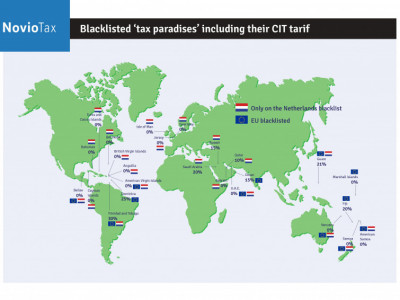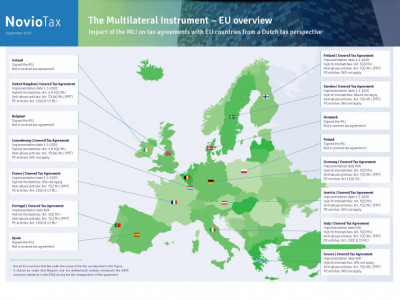German Tax Court utilizes third party bank loan to benchmark shareholder loans
The Finance Court of Cologne (Germany) has taken an interesting approach on transfer pricing methodology. The Tax Court decided that an internal (i.e. third party bank loan) Comparable Uncontrolled Price (“CUP”) is preferred as transfer pricing method on analyzing the arm’s length remuneration on an intercompany loan, even though the loans did not appear to be comparable from the outset.
08 Mar. '18 2 min. Patrick T.F. Schrievers

The Finance Court of Cologne (Germany) has taken an interesting approach on transfer pricing methodology. The Tax Court decided that an internal Comparable Uncontrolled Price (“CUP”) is preferred as transfer pricing method on analyzing the arm’s length remuneration on an intercompany loan, even though the loans did not appear to be comparable from the outset.
During a tax audit on a German company, the German Tax Authorities amended interest payments on a shareholder loan as they were deemed to be excessive. The auditors amended the interest rate from 8% to 5%. The 8% interest rate was based on a benchmark study, whereas the 5% was based on an internal CUP, based on the interest rate due on funds provided by a third-party (i.e. bank). Based on the OECD Guidelines, the CUP is the preferred method when deciding on the arm’s length remuneration. However, in practice, it is very rare to find a price that is comparable. Additionally, it is not very clear whether the CUP should be external or internal (i.e. we have a preference for an external CUP if there is one available).
The Court concluded in this particular case that the internal CUP (via a third-party loan agreement with a bank) was available to determine the actual interest on a shareholder and a (group) vendor loan. Hence, a third-party bank loan was compared to the intra-group / shareholder loan arrangements. The facts of the case triggers the question whether the bank loan was actually comparable. For instance, the bank loan was non-subordinated, whereas the vendor / shareholder loans were or appeared to be subordinated. In this case, we can imagine that the bank was only willing to finance the particular company if likewise the shareholders provided subordinated loans (which ultimately secured partly the bank loan). In essence the terms and conditions of the bank loan might be influenced by the shareholder and group loans. By using the bank loan as comparable data this influence is or seems to be disregarded.
The particular reasoning of the German Court however emphasizes that a benchmarking analysis, which often consumes valuable time and resources, may not always be required if an internal CUP is available. At least advisers should critically assess the availability of an internal CUP and, if available, its comparability. The decision from the local tax court is now pending at the Federal Tax Court in Germany and we will monitor the follow-up to assess if this could have impact on the arm’s length TP support on intra-group financing.


















